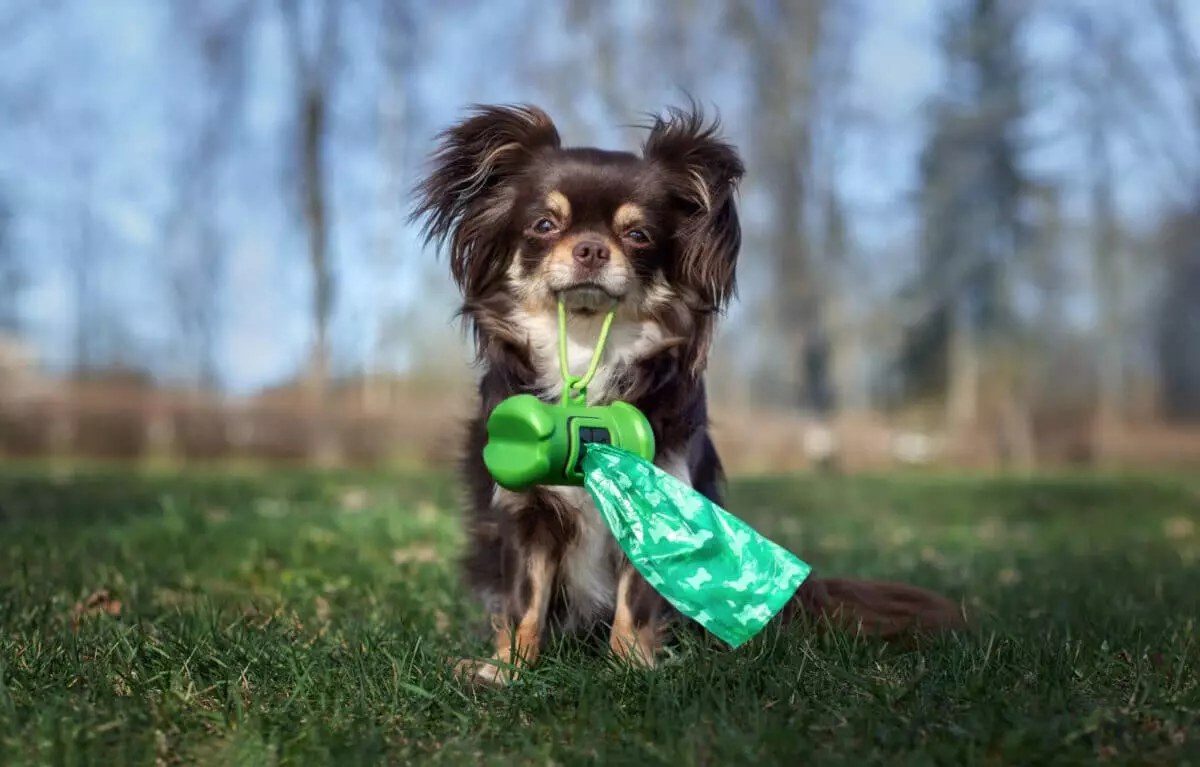The unexpected relationship between dogs and plastic bags can leave pet owners perplexed. Many dogs exhibit fear or anxiety towards plastic bags, which are commonplace in daily life. This article delves into the complexities behind dogs’ fears of plastic bags, exploring not only the various triggers but also practical solutions to help alleviate this anxiety.
One of the most critical aspects contributing to a dog’s fear of plastic bags is the sound they produce. The crinkling noise of a plastic bag can be startling, especially for dogs with heightened auditory sensitivity. The abruptness of these sounds might resemble other alarming noises such as thunder, fireworks, or even the rattling of a storm window, evoking a similar fear response. Dogs live in a world of heightened sensory perception, and noises considered benign by humans can understandably provoke intense anxiety in them.
Moreover, the erratic movements of plastic bags add another layer of discomfort. A gentle breeze can cause a bag to flap unpredictably, leading to startling experiences for dogs. For canines inherently wired to seek familiarity and predictability, alarming movements change the environment’s stability, inciting feelings of anxiety and discomfort. The unpredictable nature of crumpled plastic, combined with occasional noises, creates a formidable emotional challenge for dogs.
Alternatively, some dogs develop a pronounced fear of plastic bags due to traumatic past experiences. Situations where a dog may have been startled, restrained, or physically threatened by a plastic bag can engrain a strong aversion to them. Dogs possess an exceptional associative memory, allowing them to connect negative experiences with specific objects. This aversion can manifest as anxiety each time they encounter plastic bags, irrespective of the context.
Puppies, especially in their critical socialization period, are particularly affected by their early encounters. A lack of exposure to various stimuli, including plastic bags, can foster fear as they mature. Puppies well-exposed to different textures and sounds tend to navigate their world with more confidence; conversely, those sheltered from these experiences may react defensively to new situations. Understanding the vital role of socialization in a dog’s developmental phase can significantly inform how pet owners manage their dogs’ fears.
Sensory Overload: The Fragrance of Fear
Beyond sounds and movement, sensory overload plays a significant role in the fear response some dogs exhibit. The combination of a plastic bag’s texture, scent, sound, and sight can overwhelm sensitive dogs. Many plastic bags are made from materials that carry distinct chemical scents, often unnoticed by humans. Dogs’ olfactory capabilities far surpass ours, and they are likely to perceive these scents intensely. If a dog associates the smell of plastic with something unpleasant, it can trigger anxious behavior.
For sensitive dogs, the amalgamation of sensory inputs—coupled with the sound of crinkling and the sight of a rapidly moving bag—can be enough to provoke a panic response. This multifaceted sensory information can culminate in feelings of fear and unpredictability, leading dogs to retreat from or display anxiety towards the object in question.
Changes in a dog’s environment can also exacerbate existing fears. Dogs are creatures of habit and thrive on stability. Any alterations in their surroundings—such as moving to a new home, introducing new pets, or even fluctuating daily routines—can lead to heightened sensitivity. In such states of anxiety, even innocent items like plastic bags can become focal points of fear. A simple crinkling or sudden movement can amplify a dog’s distress, further solidifying the fear response.
For dogs already grappling with anxiety, objets like plastic bags can symbolize a broader spectrum of discomfort. It is crucial to recognize these external factors, as they allow pet owners to understand their dogs’ reactions and work towards minimizing them.
The key to alleviating a dog’s fear of plastic bags lies in gradual desensitization. This process involves presenting the feared item in a controlled and positive environment, allowing the dog to acclimate at their own pace. By introducing the bag while pairing it with rewards like treats or praise, owners can create a positive association.
Patience is paramount during this process; rushing a fearful dog may inadvertently reinforce their anxiety. Building a safe space where dogs can explore and familiarize themselves with everyday objects reduces the fear and fosters confidence. Over time, with appropriate guidance and encouragement, most dogs can learn to coexist peacefully with plastic bags.
While a dog’s fear of plastic bags may seem unfounded, understanding its roots can facilitate effective, compassionate interventions. By addressing sensory sensitivities, past experiences, and environmental factors, dog owners can help their beloved pets overcome their fears, enhancing both canine well-being and the bond between pet and owner.


Leave a Reply